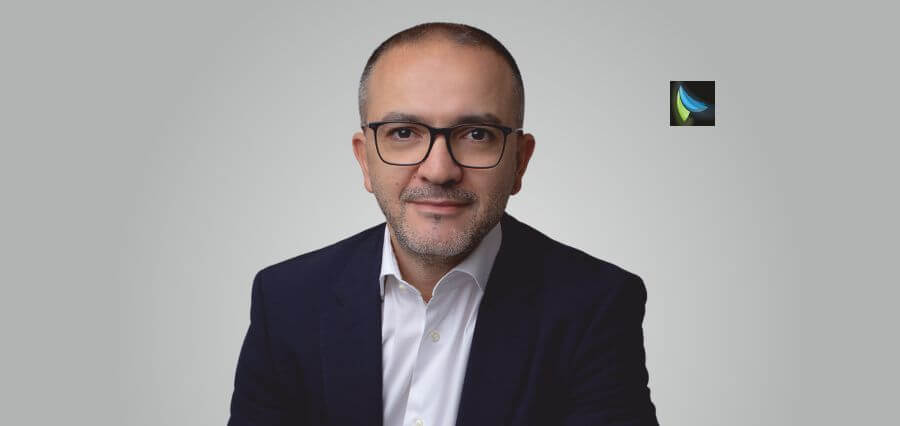Living with chronic pain is terrible fate, and it’s a reality for millions of Americans, especially as we reach the latter stages of life. Back pain, neck pain, arthritis and issues in the joints like the knees and wrists are some of the common examples of these afflictions.
It’s hard to live a normal life when you’re suffering from chronic pain, and there are moments in the day when you would give anything to make it stop. But what can you do about it? Have you heard about the benefits of radiofrequency ablation for your condition?
How Radiofrequency Ablation Works to Relieve Chronic Pain?
Many people resort to severe lengths to experience relief from chronic pain symptoms, but not everyone needs to undergo extensive surgeries (that often don’t bring satisfactory results), to fix the problem.
Radiofrequency ablation describes a minimally invasive surgical technique involving eradicating the nerve tissues in the CNS that deliver pain signals to the brain. It’s highly effective, and it’s helped millions of Americans, and people around the globe, alleviate their chronic pain symptoms.
A doctor administers a local anesthetic at the procedure site to mask the pain and help your body relax before the doctor starts the surgery. The surgery begins with the physician injecting a needle into the site responsible for generating the pain. The interior of the needle is hollow and funnels a radiofrequency current into the nerve fibers to destroy them, resulting in a disconnect of the pain signals reaching your brain.
It’s a relatively quick procedure, taking around 60 minutes or less, and the recovery period is just as fast. An hour after the surgery, you’re ready to go home and return to your normal life within one to three days.
What Conditions Can Radiofrequency Ablation Treat?
Chronic Pain
If you’ve been using medication to manage your pain for more than three months, you have a chronic condition that isn’t going away. Living with chronic pain is a nightmare, affecting your emotional state and mental health.
Your sleep quality goes through the floorboards, and you find it hard to be social with others because you’re always thinking about managing your condition – sometimes it’s even hard to get out of bed in the morning.
If you’ve seen a doctor and they can’t pinpoint the source of your pain symptoms, they’ll typically refer you as a candidate for RFA.
Neck Pain
Trauma like a car accident, degenerative diseases like neuropathy, muscular imbalance, and joint abnormalities are just some of the examples of contributing factors to chronic pain developing in your neck. It’s common for doctors to refer patients to cervical facet radiofrequency ablation if the pain is persistent and doesn’t respond to physiotherapy or medication.
Lower Back Pain
Around 80% of Americans will experience the onset of lower back pain in the lumbar spine as they reach their senior years. Pain in this region of the spine could be attributed to a variety of problems, usually stemming from lumbar facet joints, sacroiliac joint, or vertebral discs. Doctors will refer these patients to RFA as a solution to chronic pain symptoms originating from the lower back.
Arthritis
It’s more common for seniors to develop arthritis, but it can happen at any life stage. Injuries, genetic predispositions to arthritis, and bacterial infections are usually responsible for this problem, and it affects the joints making them feel painful when conducting basic activities. Arthritic patients are often referred to RFA treatments to alleviate their pain symptoms.
The Top 6 Benefits of Radiofrequency Ablation Therapy for Chronic Pain
RFA procedures have plenty of applications and benefits, and here are a few advantages of signing up for this therapeutical treatment.
Fast, Effective Pain Relief
Approximately 70% of patients who undergo radiofrequency ablation treatments see amazing results from the procedure. You’ll experience immediate relief after the doctor finishes the procedure and the anesthetic wears off. After three weeks, you’ll feel the best you have in years, with a slow subsiding of your pain symptoms, and lasting effects.
Safe with Little Side Effect Risk
As mentioned, RFA is a minimally invasive procedure and there’s basically no risk of complications occurring during or after it. There’s mild bruising or swelling at the needle injection site, but it’s nothing to concern yourself with and fades away in a few days. Some patients state they feel weakness in their lower limbs after the treatment, with this issue fading away after a day or so. Some patients say they experience mild pain symptoms after the procedure, and the doctor will prescribe painkillers to help you manage the issue until your body recovers from the procedure.
Fast Recovery from Treatment
As mentioned, most patients make a full recovery around 24 to 72 hours after receiving the treatment. It’s a quick recovery window, and the results typically last for at least two years, with some patients seeing a total eradication of pain symptoms for the rest of their lives.
Better Mobility and Quality of Life
As the pain leaves you, you’ll find it’s easier to move around. If you struggle with bending over or moving your spine, these symptoms almost miraculously disappear overnight, improving your mobility. When you’re more mobile and you’re pain free, your quality of life dramatically improves.
No More Dangerous Painkillers
When chronic pain strikes, most people turn to their doctor for a prescription. The sad reality is that using opioid painkillers to treat pain symptoms could set you up on a long, tormenting path of addiction to these compounds for the rest of your life. RFA reduces pain, and your need for dangerous painkillers that could perhaps end your life.
Skip the Surgery
While advanced surgeries, like vertebrae fusions, are an option for treating your chronic pain, they’re invasive and not always necessary to see results. Surgery means a longer recovery window, and the prospect of complications showing up during or after the procedure. In contrast, RFA is minimally invasive and there’s very little complication risk.
Which Healthcare Providers Offer Radiofrequency Ablation Therapy?
If you’re dealing with chronic pain and want to do something about it, speak to a radiologist, cardiologist, or oncologist about the procedure and whether it’s the right option for you.
Read More: Click Here














